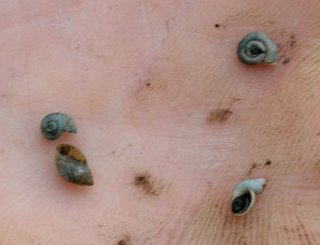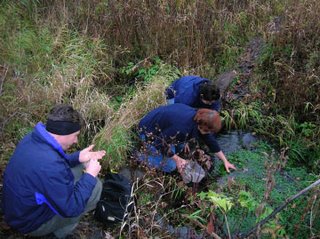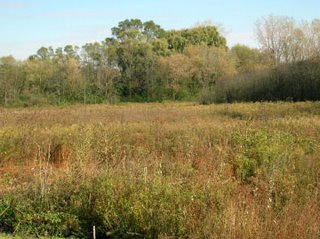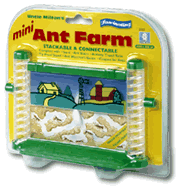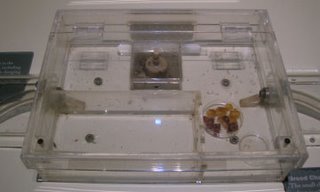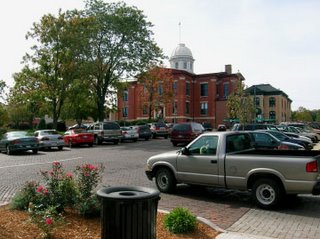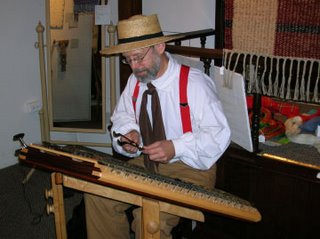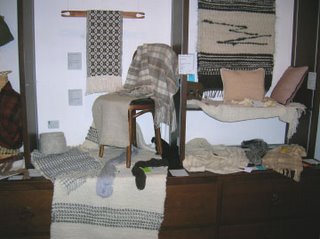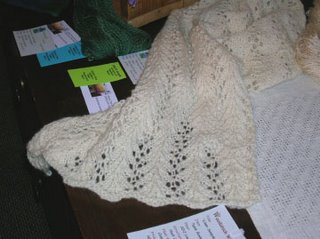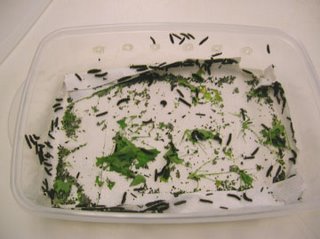This is an essay, slightly modified, that I wrote several years ago. I was planning on posting it next Wednesday as a celebration of National Coming Out Day. The events of the Mark Foley scandal have left me totally disgusted, and I wanted to share something about taking pride in, and responsibility for, who you are. Foley has done neither, despite the increasingly hollow claims of his spokesman that he takes full responsibility for his actions. So I'm posting this a bit early. Happy coming out day to all. 
A few years back, I went to a professional conference for people developing medical diagnostic tests. One company had just developed a new cancer test in which positive results were revealed by the development of a vivid pink color. To promote this new product, the company was giving away plastic test tube racks in the same shocking pink color. I wanted one. As I explained to a (straight) colleague while showing her my new treasure, "it’s what every gay scientist needs—a hot pink test tube rack."
My colleague took issue with my humor. Why, she asked, was I calling myself a gay scientist? In her mind the two phenomena were in no way related. I may be a scientist, and I am most certainly gay, but my friend felt that unless I am actively pursuing some sort of scientific study of sexual orientation- a la Simon LeVay, perhaps- then I have no business calling myself a gay scientist.
Something similar, though more nefarious, happened years ago while I was still in college. I made the mistake of talking with the school psychologist about my struggles to come to terms with my sexuality. Among his significantly unhelpful efforts was the question "when they wake you up in the middle of the night and ask what you are, do you tell them that you are gay or that you are a biologist?" There was, of course, a right and a wrong answer to this question. If my reply had been "I’m gay," the implication was that I was placing too much emphasis on that part of myself, and that I would do better to self-identify more strongly with my prospective career.
My response to both of these situations was similar. I felt as though an uncomfortably schizophrenic existence was being required of me: in this compartment of my life, I’m gay, in that compartment, I’m a scientist, in this other compartment I love cats. In truth, I’m a gay scientist who loves cats-- and who has a bunch of other attributes as well. By identifying two particular attributes and describing myself as a gay scientist, I am integrating two aspects of my life that I consider of greater importance for self-identification.
Believing that it is important to self-identify as gay does not mean that I subscribe to the notion that gay people need to emphasize our differentness- that being alien and out of step with the mainstream are somehow important facets of being gay. Actually, I’m pretty solidly assimilationist. And while I’m not part of the radical crowd, I don’t want to impose my own assimilation on anyone else. Furthermore, I’ve been increasingly uncomfortable with attempts on the part of some in the assimilationist camp to minimize the importance of sexual orientation. For example, in an otherwise excellent essay entitled
The Fear of Being Ordinary, conservative University of Minnesota Law School professor Dale Carpenter lauds a trend in movies of the 1990’s towards depicting gay characters as ordinary people. Unfortunately, he proceeds to opine that "in a better world, that last attribute [being gay] would be among the least important facts about the characters."
Excuse me? What prompted this drift from suggesting that being gay is one attribute among many to relegating it to the least important of one’s personal attributes? While I remain enthusiastic and optimistic about the progress that gay people have during my lifetime, I also feel that it is important to recognize the challenges that gay people everywhere have risen to in order to achieve happy and fulfilling adulthoods. These achievements are appropriately sources of Pride, and are very much to be celebrated. Suggestions of neglecting to do so feel uncomfortably like invitations to return to the closet, though I am certain that Carpenter did not intend that particular implication.
In my own case, the pairing of my sexual orientation with my scientific viewpoint is important if for no other reason than that the former contributed to my early interest in the latter. In part, nature and science were safe refuges from what was, during my formative years, a Terrible Secret. In contrast to navigating the dangerous social waters of being gay in high school in the mid 1970’s, working with plants and insects meant dealing with things that did not judge me. The most that I risked in studying them was contact dermatitis.
By providing an eminently rational framework for looking at the world, science also provided me with something critical: the ability to consider the seemingly unthinkable possibility that the rest of the world was wrong. The world could be approached through observation, evidence, and analysis. There was a remote possibility that it was OK to be me.
The result of all of this was that I succeeded in transforming a serious challenge- being gay in a highly homophobic environment- from something frightening and difficult into something that pointed the way to a successful and rewarding career. When I insist on defining myself as a gay scientist, it isn’t out of a sense of victimhood, but rather a sense of survival and accomplishment.
Would I have become a scientist even had I not been gay, or had being gay been a nonissue during my adolescence? It is, of course, impossible to say. What is clear is that being gay did have a profound influence on my interest in science. For that reason, I will forever be a gay scientist, and will continue to proudly use my hot pink test tube rack.
Labels: Gay, Personal

